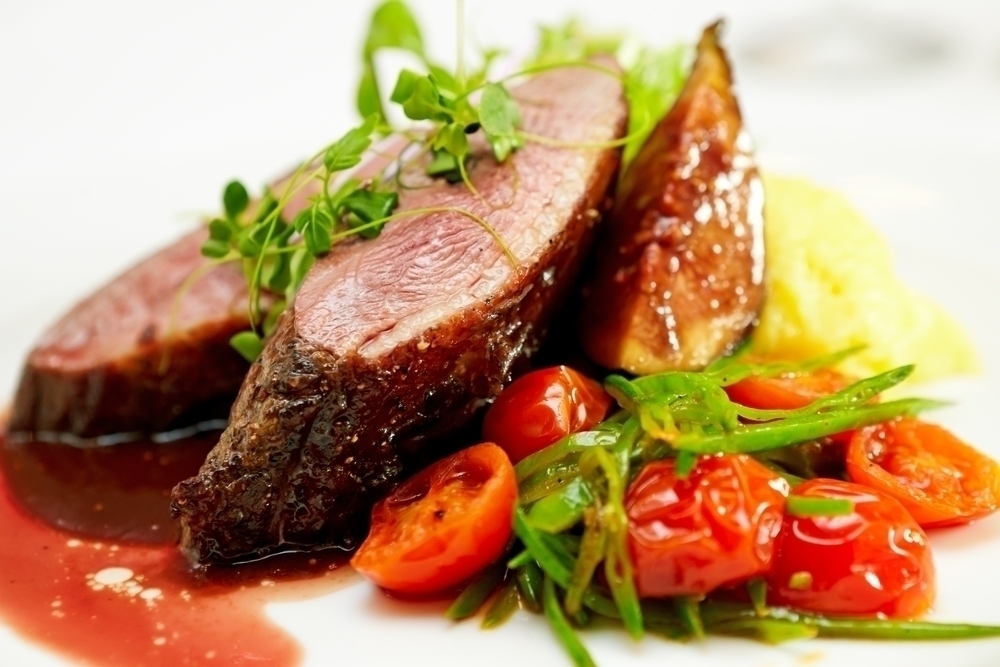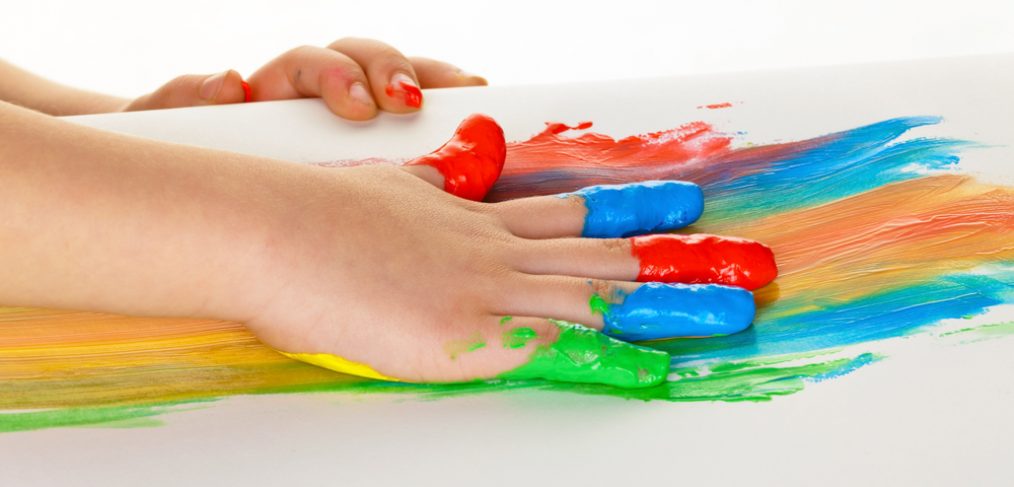Think you’ve tried absolutely everything to lose weight? It might be time to reconsider. You know that the key to sustained weight loss is a sensible, healthy diet and regular exercise. However, perhaps you want a bit of a jump start on your weight loss or you want to lose those stubborn last five pounds. New research indicates that the color of your plate and food may help you reach your weight loss goals. This Resveralife Live Well Guide shows you how colors can help you to lose weight.

Color Therapy
Color therapy, also known as chromotherapy, has been acknowledged for centuries as a way of healing the body. The National Center for Biotechnology Information provides a cursory view of the hypothesis behind chromotherapy: “The human body, according to the doctrine of chromotherapy, is basically composed of colors. The body comes into existence from colors, the body is stimulated by colors and colors are responsible for the correct working of various systems that function in the body.” Every organ in the body has a distinct color. In addition to our body being composed of color, the atoms, cells and organs co-exist in the form of energy, and each has its vibrational or frequency energy. Each organ and energy center harmonizes and vibrates with the frequencies of these colors.

Why Color Matters to Your Waistline
Okay, so our bodies are a veritable rainbow of frequencies and energies, but what does that have to do with losing weight? Researchers suggest that colors create fields of energy or electric currents that activate hormonal and biochemical processes in the human body. Some colors are more likely to increase our appetite while others decrease our appetite. So what colors help your weight loss quest and which ones can be harmful? According to ColorMatters, “blue is an appetite suppressant.” Experts theorize that this is because blue is not a common color of natural foods. With the exception of blueberries and some types of potatoes, there are very little naturally occurring blue foods. Because of this, experts believe that we are less likely to associate blue with hunger. To use the color blue to your advantage experts recommend a few tricks.
- Add blue food dye to your food to decrease the amount you ingest.
- Swap the light bulbs in your fridge to blue ones. This will help decrease your desire to snack when you open the doors.
- Use a blue plate for your meals.
The color most likely to derail your progress is red. Red increases your appetite, so get rid of red dishes or placemats and use the more mellow color of blue. It is worth noting that red also increases metabolism as well as appetite, so it can be useful when used properly. Consider using red water as a tool in your healthy eating routine. The LiveStrong organization suggests making red solarized water by “wrapping a clear glass with red cellophane paper and putting the glass in the sunlight. After a few hours, the water will be energized with the color red and ready to drink.” Using color therapy may just be the trick you need to help you with your weight loss mission.
If you aren’t quite ready to jump into dyeing your food blue, you can still use color to your advantage in the kitchen. Use plates that contrast highly with the food that you are eating to help you be more satisfied with less food. For instance, keep salads away from green plates and spaghetti dishes away from red. Picking a plate that contrasts with your food can be a great start to using color to help you lose weight.




